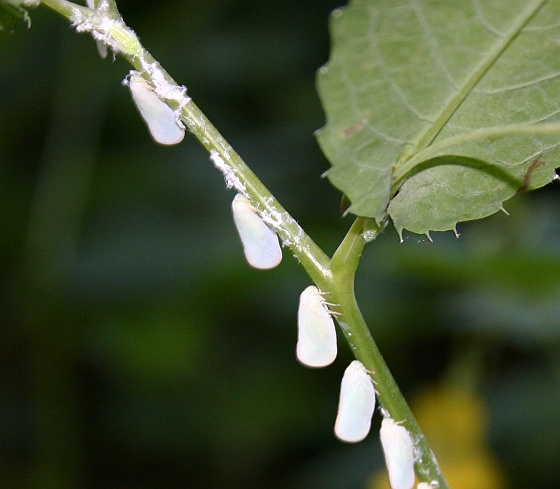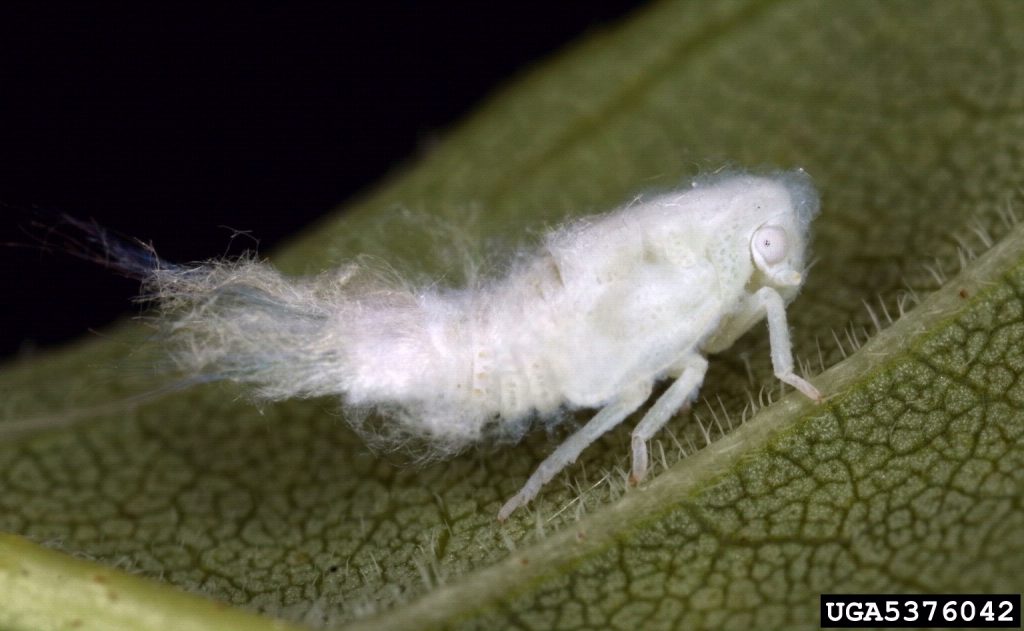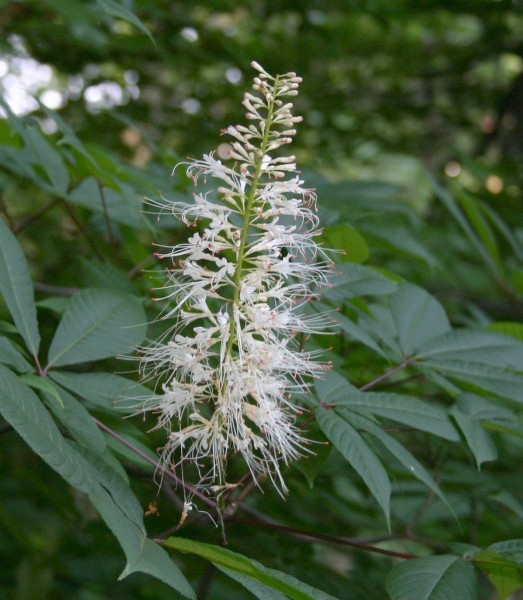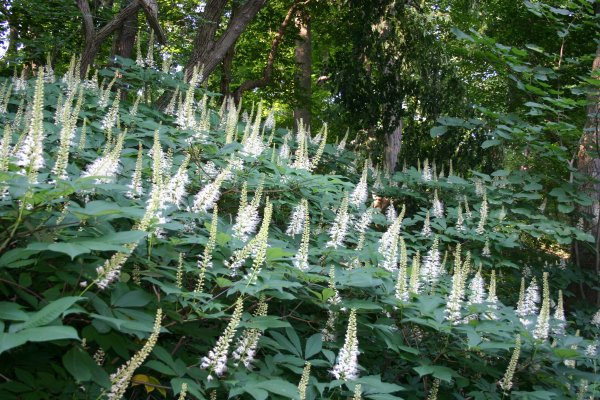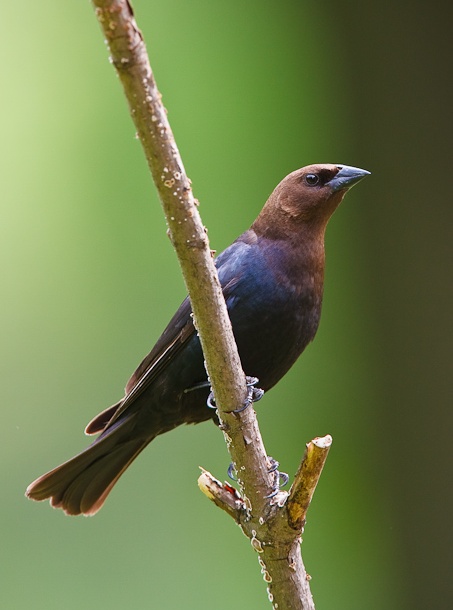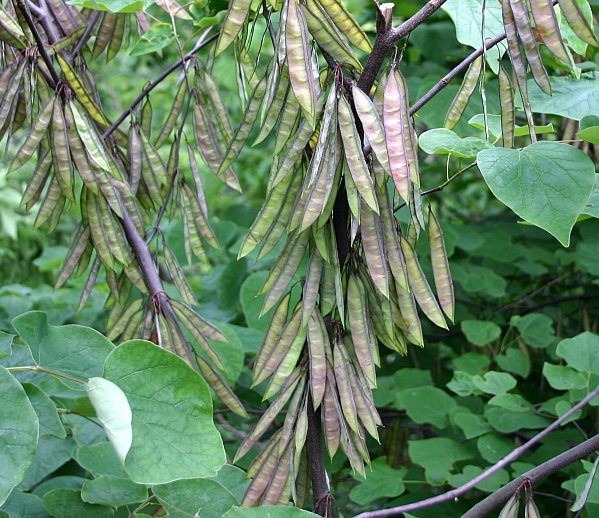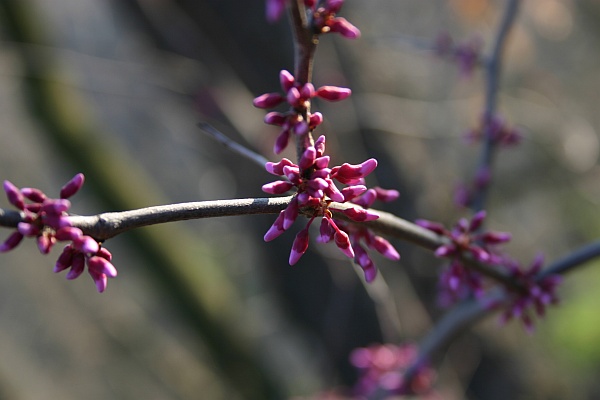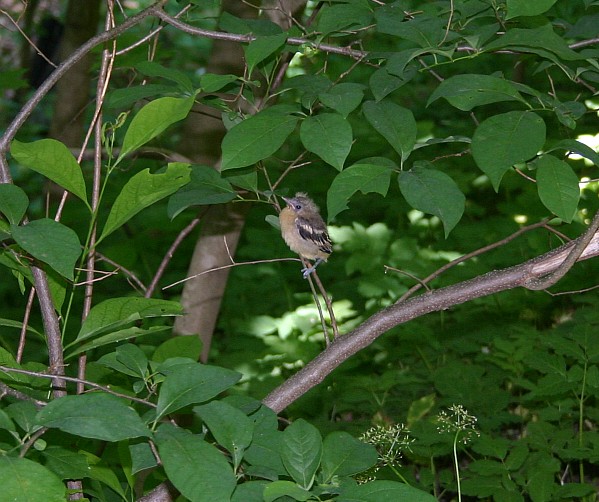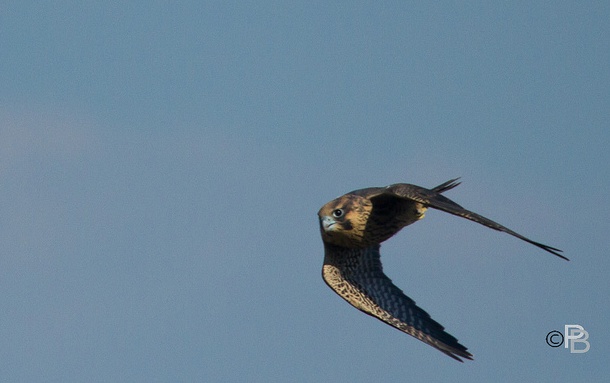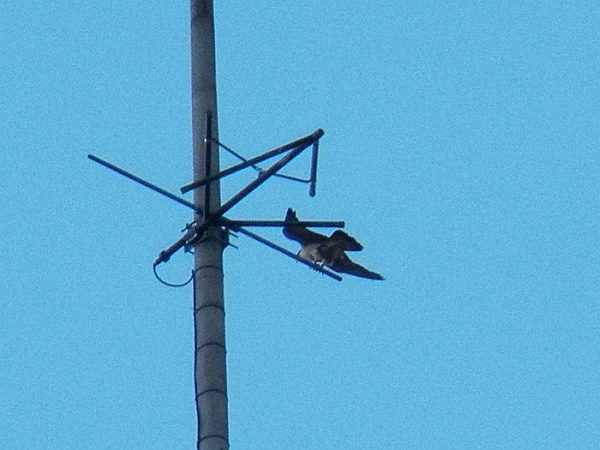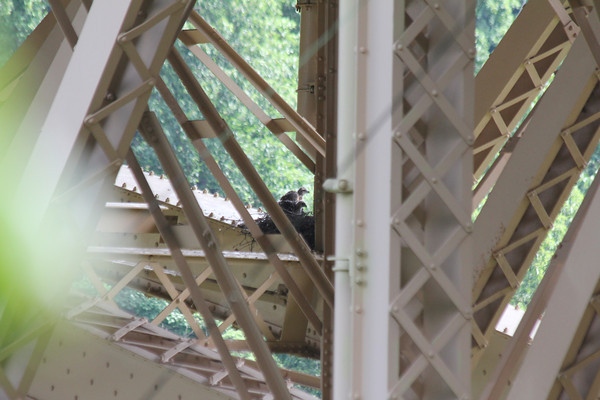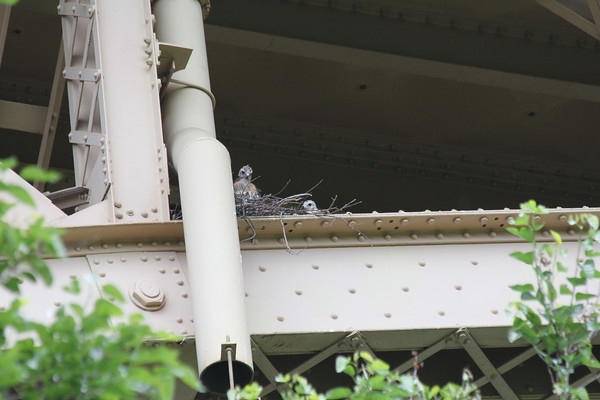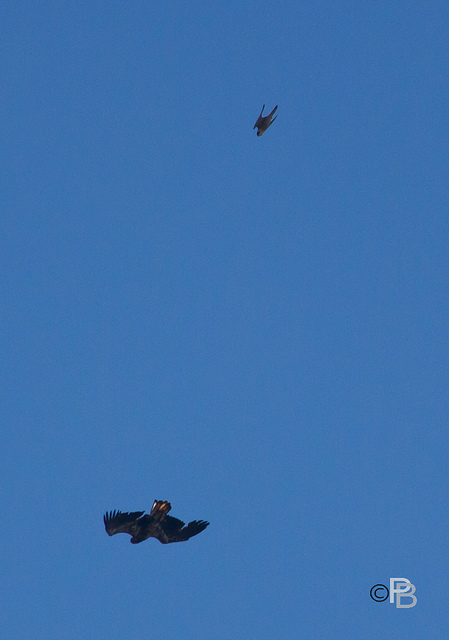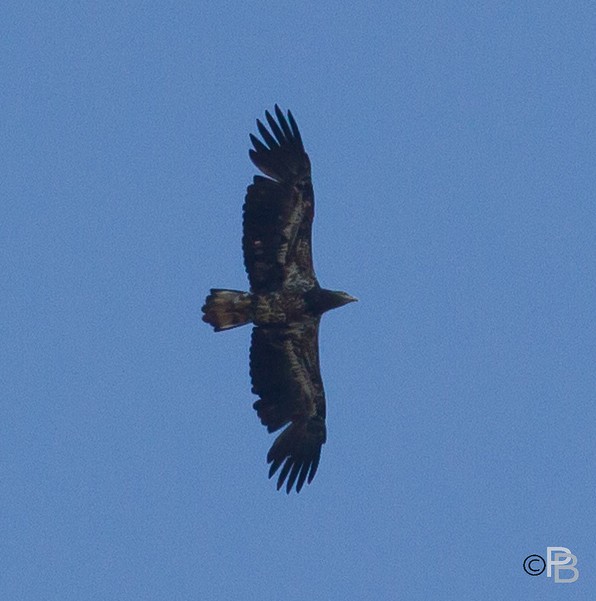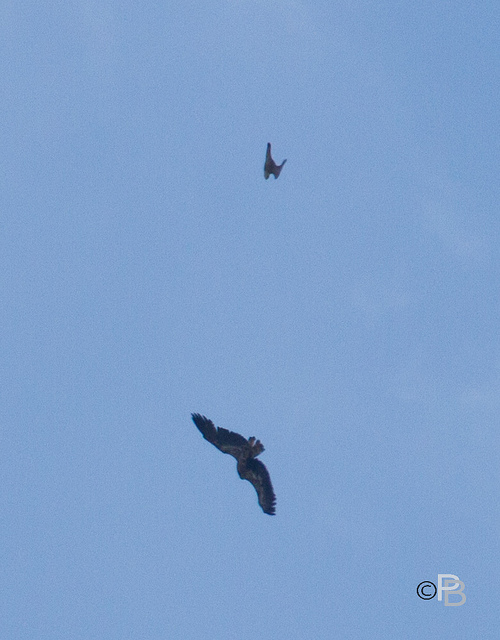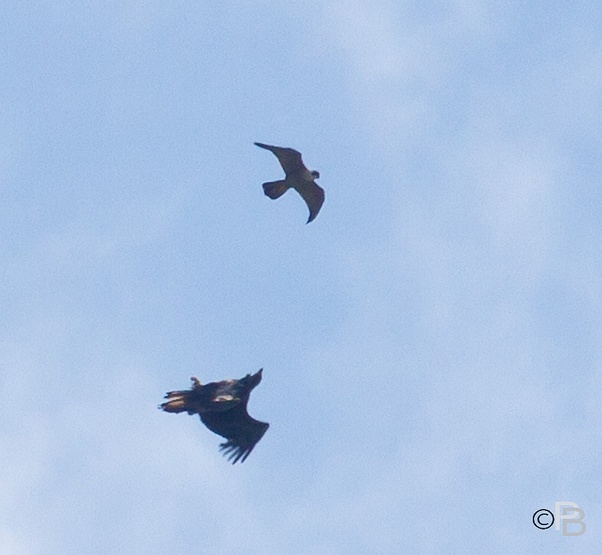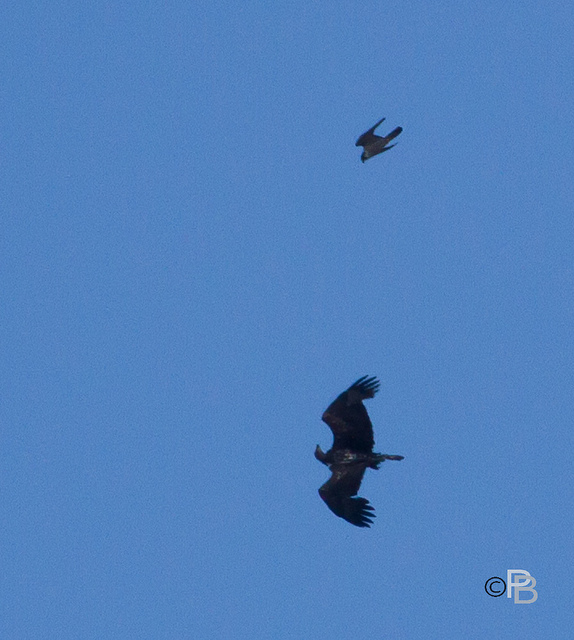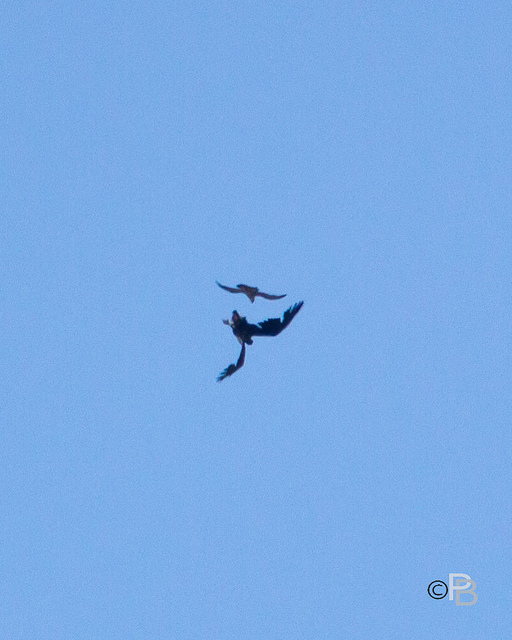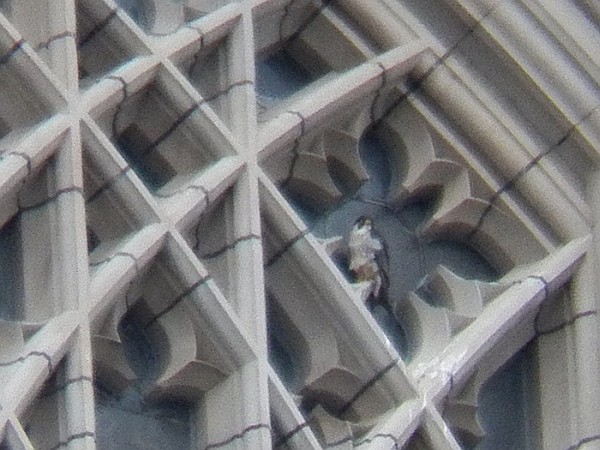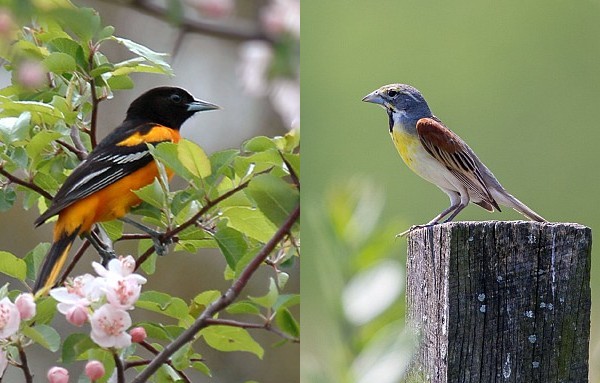
30 July 2012
It’s easy to notice when a new bird arrives in town, much harder to notice when a resident leaves. This month the new arrivals are shorebirds. Has any nesting bird departed yet?
Here’s a tale of two breeders who may have left — or soon will leave — our area.
Baltimore orioles nested in Schenley Park this year as they always do. (I have photographic evidence.) They arrived in late April, quickly set up shop, and fledged young by mid-June. In July they virtually disappeared. The last time I saw an oriole in the park was in June. The last time I heard one was July 12.
Orioles can afford to leave their breeding grounds early because they raise only one brood per year and their young are soon independent after fledging. Mother orioles leave the family in late June. The fathers leave a few days later. Sometimes the young gather in juvenile flocks in August but the adults tend to be solitary and quiet. That’s probably why they seem to be missing.
Dickcissels are another story. They’re so unusual in Pennsylvania that many birders know exactly when they arrived and many will notice when they leave. Every few days there’s a new report on the presence or absence of dickcissels.
Quite soon breeding will be over and the dickcissels will form flocks to head to their wintering grounds in Venezuela. Since they’re not in a rush they often spend August and September in the grain fields of Arkansas, Louisiana and Texas. Notice the word “August.” That’s only two days from now.
I expect the dickcissels will leave our grasslands soon. Schenley Park’s orioles appear to be gone.
Have you seen either of them lately?
(Baltimore oriole photo by Steve Gosser, Dickcissel photo by Bobby Greene)
